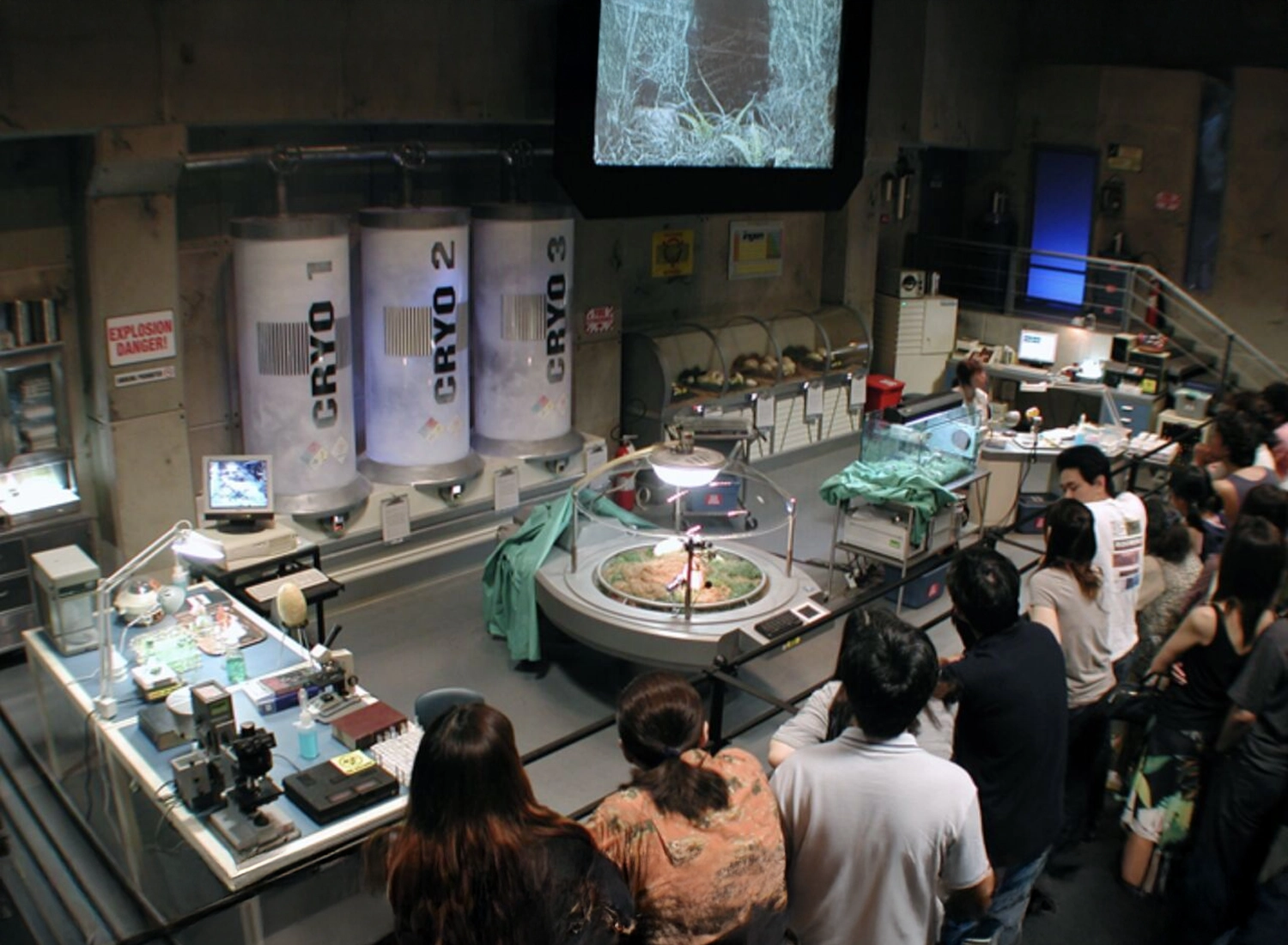
Artificial intelligence has become the most capital-intensive technological race in history. Each month, companies allocate between twenty and thirty billion dollars to AI research, driving structural change across finance, biotechnology, and industrial automation. The flow of capital has created unprecedented demand for leaders who can convert technical innovation into commercial advantage.
This shift explains the rise of top ai executive search firms, top executive search platforms, and ai driven talent acquisition solutions that identify executives fluent in data science, governance, and applied intelligence.
Finance as the Testing Ground for AI Leadership
Few sectors reveal the intensity of AI investment more clearly than global finance. The scale of automation, data interpretation, and agentic systems within this industry illustrates how leadership in AI requires both technical fluency and regulatory precision.
JPMorgan develops trading algorithms and natural language processing for risk and client engagement. Its AI research explores how language models interpret complex market signals to support automated investment strategies.
Morgan Stanley directs research toward AI applications in healthcare, labor economics, sports, cybersecurity, and transport. Its internal initiatives test how generative models can translate unstructured data into actionable intelligence for institutional clients.
VISA applies machine learning to real-time fraud detection and privacy-preserving AI architectures that allow data sharing without exposing sensitive information.
MasterCard develops synthetic datasets through projects such as FraudAmmo, expanding fairness and reliability in machine learning for transaction monitoring.
Capital One invests in explainable AI, multilingual language models, and preference optimization systems that enhance transparency and risk governance.
Each of these organizations requires executives who combine quantitative skill with leadership judgment. The recruitment of such talent has become a competitive advantage, driving the work of top ai executive search firms that specialize in identifying leaders who bridge finance and technology.

Biotech and Pharma Building Intelligent Discovery Pipelines
The biotechnology and pharmaceutical sectors now depend on AI for discovery speed and precision. Recursion merges robotics and artificial intelligence to conduct automated experiments at scale. Its RxRx datasets have become an open resource for the global drug discovery community.
Exscientia advances generative biology and molecular design, using AI to create precision cancer therapies that shorten clinical timelines and reduce uncertainty in drug development.
These companies illustrate a broader pattern. The fusion of algorithmic discovery and human science requires leadership with deep domain understanding and the ability to manage hybrid teams of researchers, data scientists, and regulatory experts.
The demand for such executives has led top executive search platforms to evolve into intelligence systems capable of identifying leaders across genomics, computational biology, and pharmaceutical engineering.
Industry, Robotics, and the New Age of Applied AI
The industrial and robotics sectors demonstrate how AI now governs both motion and decision-making. Toyota advances dexterous manipulation, tactile sensing, simulation, and materials discovery within its research on automated driving.
The Bosch Center for Artificial Intelligence applies core machine learning across computer vision, language, and graph structures, exploring uncertainty models that improve reliability in autonomous systems.
These investments represent more than technological ambition. They mark the beginning of an industrial ecosystem where leadership must understand how to design, validate, and deploy AI safely. The executives steering this transformation require both technical literacy and strategic governance capabilities.
The Evolution of AI-Driven Search and Recruitment
The intensity of investment across these sectors has changed the structure of executive hiring itself. The most advanced organizations now rely on ai driven talent acquisition solutions that combine predictive modeling, real-time data, and multi-layer analysis of candidate performance.
These systems assess leadership readiness through behavioral analytics, prior impact metrics, and digital footprint modeling. They shorten search timelines while improving match precision. In parallel, top ai executive search firms use proprietary research ecosystems that integrate academic output, venture activity, and private data to identify candidates years before they enter public visibility.
The combination of human judgment and AI insight has become the foundation of modern leadership acquisition.
From Search to Strategic Intelligence
AI recruitment has evolved beyond filling positions. It has become an exercise in organizational intelligence. Firms that operate at the top of the market now provide continuous monitoring of emerging talent, predictive insights into leadership turnover, and dynamic mapping of competitor movements.
Boards use this intelligence to align leadership strategy with AI adoption roadmaps. Investors use it to assess whether executive teams possess the capability to transform capital expenditure in AI into measurable growth.
The outcome is a tighter connection between technology investment and leadership value creation.
The companies investing tens of billions in AI each month are redefining how leadership is found and measured. Their progress depends on executives who can convert data into action, research into products, and regulation into trust.
In this environment, the partnership between top ai executive search firms, top executive search platforms, and ai driven talent acquisition solutions defines the competitive edge. These entities serve as the bridge between innovation and execution, ensuring that the global surge in AI investment produces not only algorithms but also accountable leadership capable of sustaining growth.

